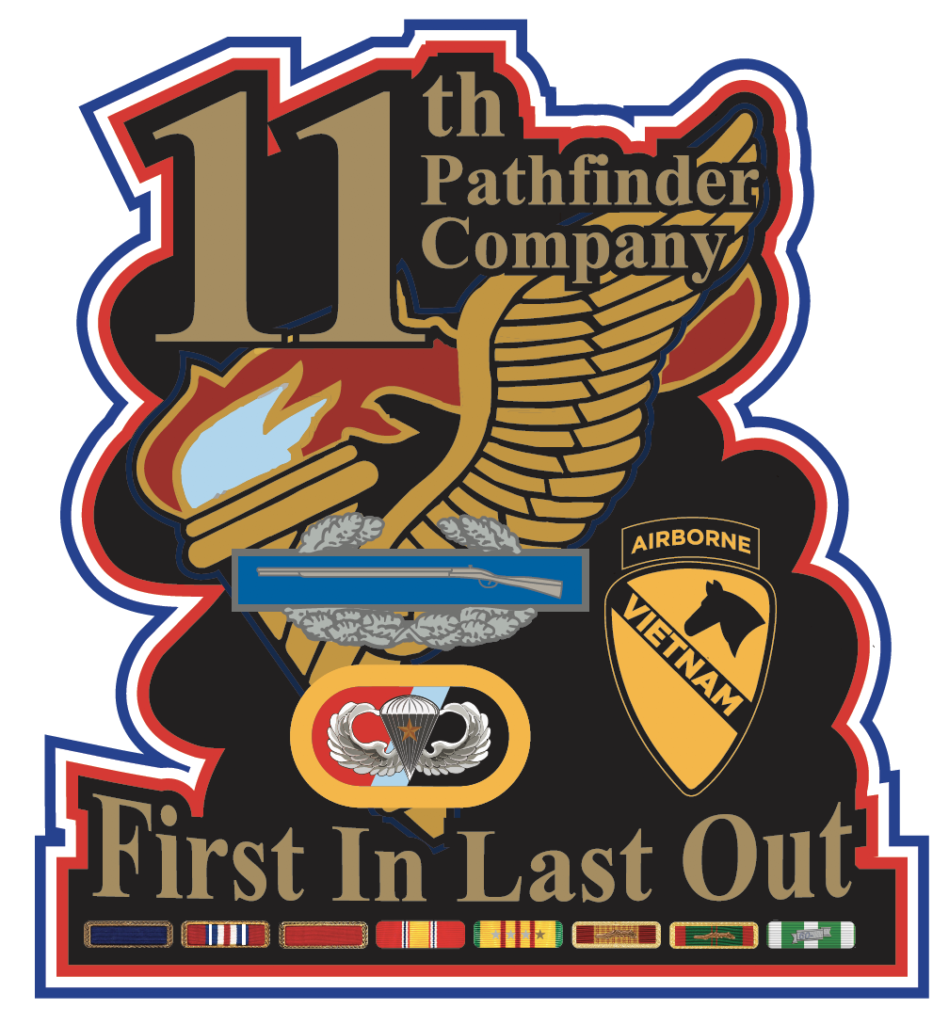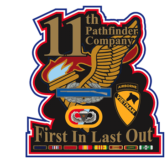OVERVIEW
LEGACY & UNIQUE FEATURES
Legacy
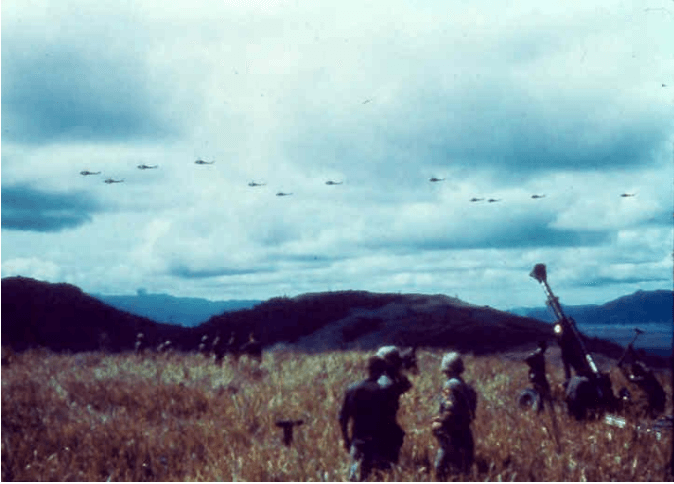
The United States Army’s Pathfinders were first organized in World War II. During early employment of parachute forces in North Africa in November 1942 and later in the much larger invasion of Sicily in July 1943, few parachute units landed in their assigned drop zones (DZ). Many units were widely scattered with some landing miles from their assigned areas. There was a clear and an immediate need for small specially trained and equipped parachute elements that could enter an objective ahead of the main force and mark parachute drop zones (DZ) and glider landing zones (LZ), and then guide inbound aircraft carrying the follow-on forces.
Following the combat successes of the first two Army helicopter companies deployed to Vietnam in late 1961, the Army was directed to re-examine the role of Army aviation and aircraft requirements. A study was quickly completed, and on 15 February 1963 the 11th Air Assault Division (Test) and the 10th Air Transport Brigade (Test) were activated at Fort Benning, Georgia. The insignia of the new “airmobile” division was a modification of the patch of the 11th Airborne Division that had been deactivated several years earlier.
The first pathfinder teams were trained in Sicily and teams later were employed in all airborne operations in Europe, most notably during the D-Day invasion in Normandy. They also were employed in operations of the 11th Airborne Division in the Pacific Theater and later during the Korean War.
There was a great expansion of Army aviation following the Korean War, and by 1960 the Army had a fleet of about 5000 various type helicopters and fixed wing aircraft. However, the Defense Department was convinced that the Army had no clear sense of direction on how to maximize the capabilities of these aircraft.
There was a great expansion of Army aviation following the Korean War, and by 1960 the Army had a fleet of about 5000 various type helicopters and fixed wing aircraft. However, the Defense Department was convinced that the Army had no clear sense of direction on how to maximize the capabilities of these aircraft. Following the combat successes of the first two Army helicopter companies deployed to Vietnam in late 1961, the Army was directed to re-examine the role of Army aviation and aircraft requirements. A study was quickly completed, and on 15 February 1963 the 11th Air Assault Division (Test) and the 10th Air Transport Brigade (Test) were activated at Fort Benning, Georgia. The insignia of the new “airmobile” division was a modification of the patch of the 11th Airborne Division that had been deactivated several years earlier.
This initial division organization did not include a pathfinder element, and early field training exercises involving helicopters and ground units did not run smoothly. Immediate action was taken to fix the shortcoming. The 187th Pathfinder Detachment, an Infantry Center unit, was attached to the division as an interim solution until new pathfinder teams were operational. Airmobile operations immediately began to operate more safely and efficiently with pathfinders controlling the air traffic around pickup zones (PZ) and landing zones (LZ).
As the division grew in size, three new pathfinder teams (2 officers and 13 men each) were authorized in the 11th Aviation Group and gradually filled during late 1963 and early 1964. By summer of 1964 training intensified in preparation for the final big testing phase scheduled for October-November in the Carolinas. However, it was clear that the existing command structure for the pathfinders was not responsive to its increasing mission needs.
Fort Benning, Georgia 1963 - 1965
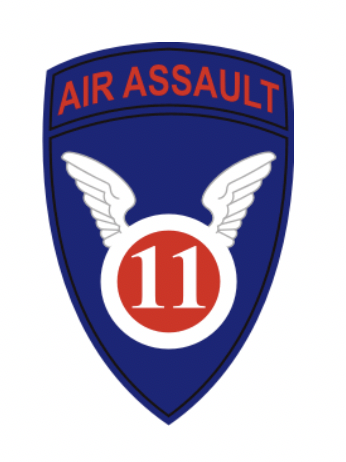
Consequently, in August 1964 the 11th Pathfinder Company (Airborne/ Provisional) was officially formed. It was designated “provisional” because the division did not get any additional personnel to form this unit. Following the Carolina test, the 187th Pathfinder Detachment returned to Infantry Center control and a fourth team within the 11th Pathfinder Company was organized to replace it. Thus began a unique military organization that contributed significantly in peace and war to the development of the Army’s Airmobile concept and its unmatched effectiveness in combat. The 11th was the first of more than 20 other pathfinder units in Vietnam and the largest. It served from 1965 until 1972 in various configurations with the 1st Cavalry Division (Airmobile) and follow-on units until the last American combat units departed Vietnam.
As the scope and tempo of training and testing increased in 1963, three unique features came to be associated with the pathfinders. On airmobile training missions, aviators and troop unit leaders needed to readily identify pathfinders. To remedy this problem black baseball caps became standard headgear. In subsequent years the black hat identifier has come to be associated with all Army pathfinders and airborne instructors.
A second pertains to the nicknames of “Natty Bumpo” and “BlackHats” given to the pathfinders by Colonel (later Lt. General) George P. Seneff, commander of the 11th Aviation Group (Test) the parent unit of the pathfinders. He viewed Natty Bumpo, the main character of a James Fennimore Cooper novel, as the first “Pathfinder” and a great role model for his ‘Black Hats’ to emulate. Both the “Blackhat and Natty Bumpo” nicknames stuck and immediately became standard terminology that continues to this day.
A third identifier was the background oval worn with the parachute wings. It originated with the 187th Pathfinder Detachment and was adopted by the 11th Pathfinder Company. The oval incorporates the colors of the cloth pathfinder badge worn at that time.
UNIQUE FEATURES
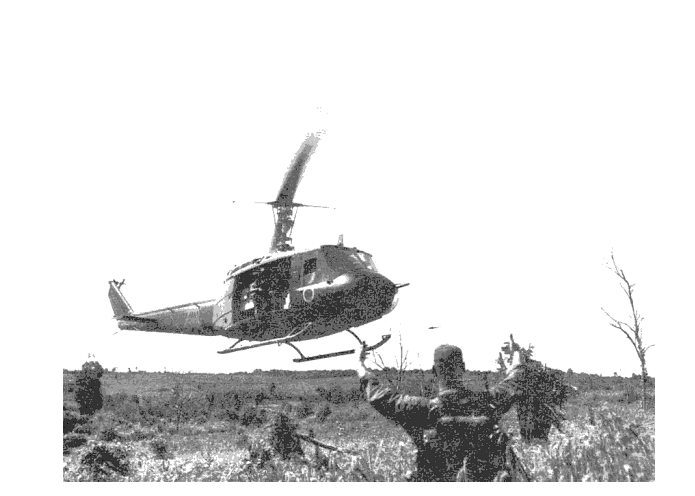
Background
Though its colors incorporate those of the pathfinder cloth badge, each had specific meaning symbolizing the unit’s audacity, capability, and function. Red represents the ‘Courage’ needed to perform its mission. Blue denotes the ‘Sky’ of airborne and airmobile operations. Black is for ‘Night Operations’. Gold is symbolic of ‘Light the Way’ and reflects guidance provided to aircraft.
As the unit transitioned from peace to experience war, these colors took on additional meaning. Red personifies ‘Sacrifice’ of those unit members killed or wounded in action. Blue portrays direct combat support for Infantry and Aviation. Yellow and Black represent the colors of the 1st Cavalry Division (Airmobile).
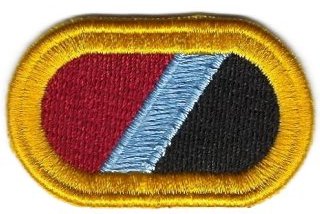
Unit Logo
Veterans of the 11th Pathfinder Company collaborated on the design of a unit logo to illustrate the unit’s origin and history.
The border honors the colors of the 11th Air Assault Division (Test). The large winged torch reflects our primary mission and the original WWII pathfinder patch. The Combat Infantry Badge and parachute wings with unique background oval are emblematic of our capabilities and service in Vietnam as combat airborne infantryman. The bronze star on the parachute wings represents the combat parachute jumps made by unit members in Vietnam.
‘First In Last Out’ portrays the pathfinder motto, and the 1st Cavalry Division (Airmobile) patch illustrates our wartime service. The ribbon bar at the bottom shows awards and decorations earned in Vietnam by the unit and its members. The three silver stars and single bronze star on the Vietnam Campaign ribbon represent the sixteen campaigns the unit participated in during the war.
